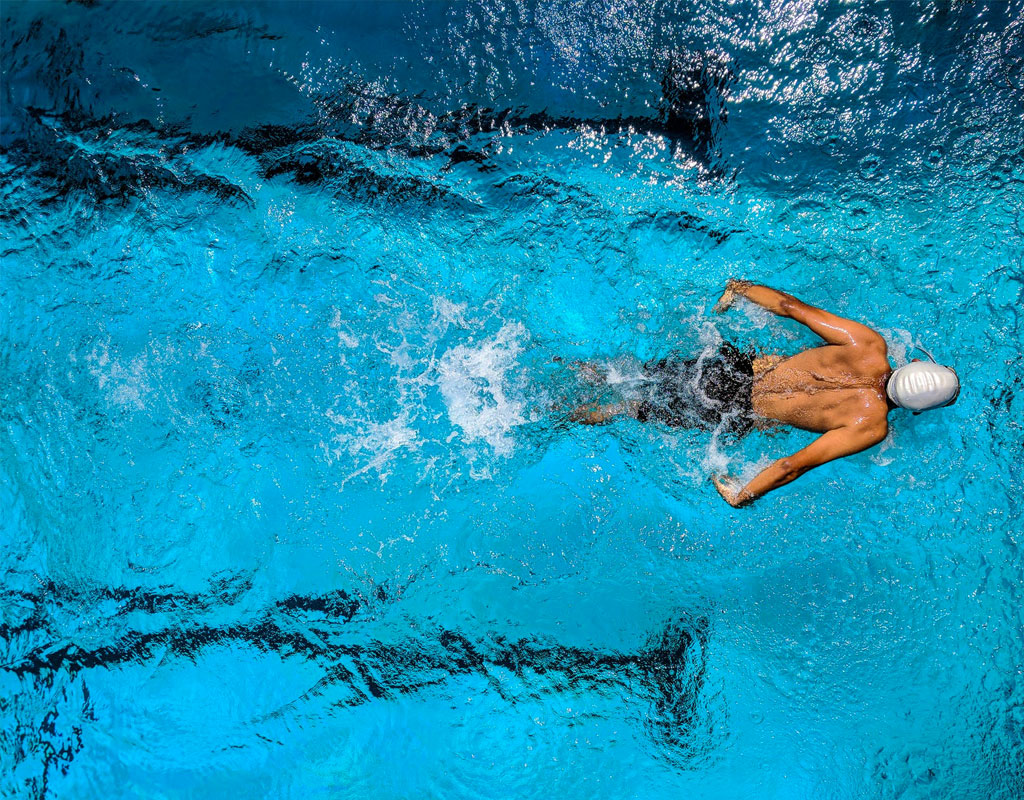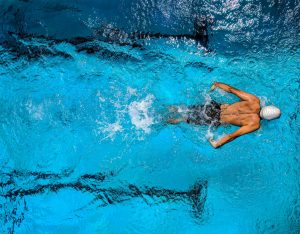
 6 Ways Pilates Can Benefit Your Swimming
6 Ways Pilates Can Benefit Your Swimming
Swimming is one of those forms of exercise that we all know is good for the body. Not only does it build aerobic capacity but helps to strengthen and tone your muscles while improving core strength. However, whether you swim at an elite level or once a week for exercise, swimming can often result and pain and injuries to the shoulder girdle.
It has been shown that nearly 90% of the forward propulsive power in swimming comes from the upper extremities. This continuous stroke repetition and force generation place high demands on the glenohumeral (shoulder) joint, which leaves this innately mobile joint vulnerable to injury.
Research has shown the incidence of shoulder pain to be as high as 52% in elite swimmers and 27% in non-elite swimmers. The most common shoulder injuries that occur during swimming include supraspinatus tendinopathy (tendon degeneration), glenohumeral joint instability (shoulder instability) and labral tears (cartilage tears).
For optimal swimming performance, the body needs to maintain alignment in a streamlined nature. Any deviation of this alignment can place harmful stresses and loads on areas of the body that may be prone to fatigue or injury. For example, a swimmer who does not have adequate abdominal strength and control may experience increased hip drop during the breaststroke sequence. This will consequently reduce the propulsion phase-out of the water, increasing the risk of straining of shoulder, neck and back musculature. Alternatively, lacking thoracic spine extension and rotation mobility leads to poor shoulder reach an overload at the shoulder joint. Poor positioning of the scapulae (shoulder blades) also places further strain on the rotator cuff and can lead to the poor head of humerus (ball in socket) positioning of the shoulder and resultant bursitis or tears.
This is where Pilates comes in. A swimmer’s training generally focuses on global movements that mostly work superficial muscles. Pilates, however, focuses on our deep stabilising muscles that support and control joints. These include the deep abdominals (transverse abdominus), pelvic floor muscles, deep muscles approximating the spine (multifidus) and deep hip rotators. Without this internal stability system, global muscle groups have to work harder leading to more occurrence of fatigue and injury. As well as this Pilates helps to improve muscle ‘firing’ patterns. Which means muscles activate when they should within the dynamic part of the movement, to further protect and stabilise moving joints. This improved timing capacity further reduces the risk of repetitive strain injuries. Spinal mobility exercises contribute to enabling the body to achieve body postures important for good swimming technique.
The 6 ways pilates will benefit your swimming:
- Stronger core – Pilates involves specific muscle conditioning to activate and strengthen the inner support system
- Improved sense of balance in water – the practice of controlled functional movements helps with a sense of positioning and balance when in the water
- Improved breathing – breath control is a leading principle practised within Pilates which will help respiratory function and focus while swimming
- Muscle recovery – Pilates emphasizes focus on alignment awareness and muscle elongation which can aid muscle recovery
- Prevents injury – via the strengthening of the inner support system and avoiding overload and fatigue on muscles and joints
- Improves joint flexibility – lengthening muscles and encouraging a joint range of motion reduces joint restrictions that may lead to poor stroke biomechanics.
At Q Pilates our experienced physiotherapists utilize extensive knowledge of muscular anatomy and biomechanics to formulate an individualised Pilates program for you. This program is designed to be specific to your goals and needs to correct your swimming technique, improve overall swimming performance through the strengthening of relevant musculature and range of motion, or rehabilitate your swimming injury.
Written by Lexi Garland (Physiotherapist)
References
- Heinlein, S (2010). Biomechanical Considerations in the Competitive Swimmer’s Shoulder. Sports Physical therapy. Vol. 2 (6), pp. 519-525
- Richardson, A., Jobe, F., Collins , H (1994). The shoulder in competitive swimming. American Journal Sports Medicine. Vol. 8 (3), pp. 159-163.

